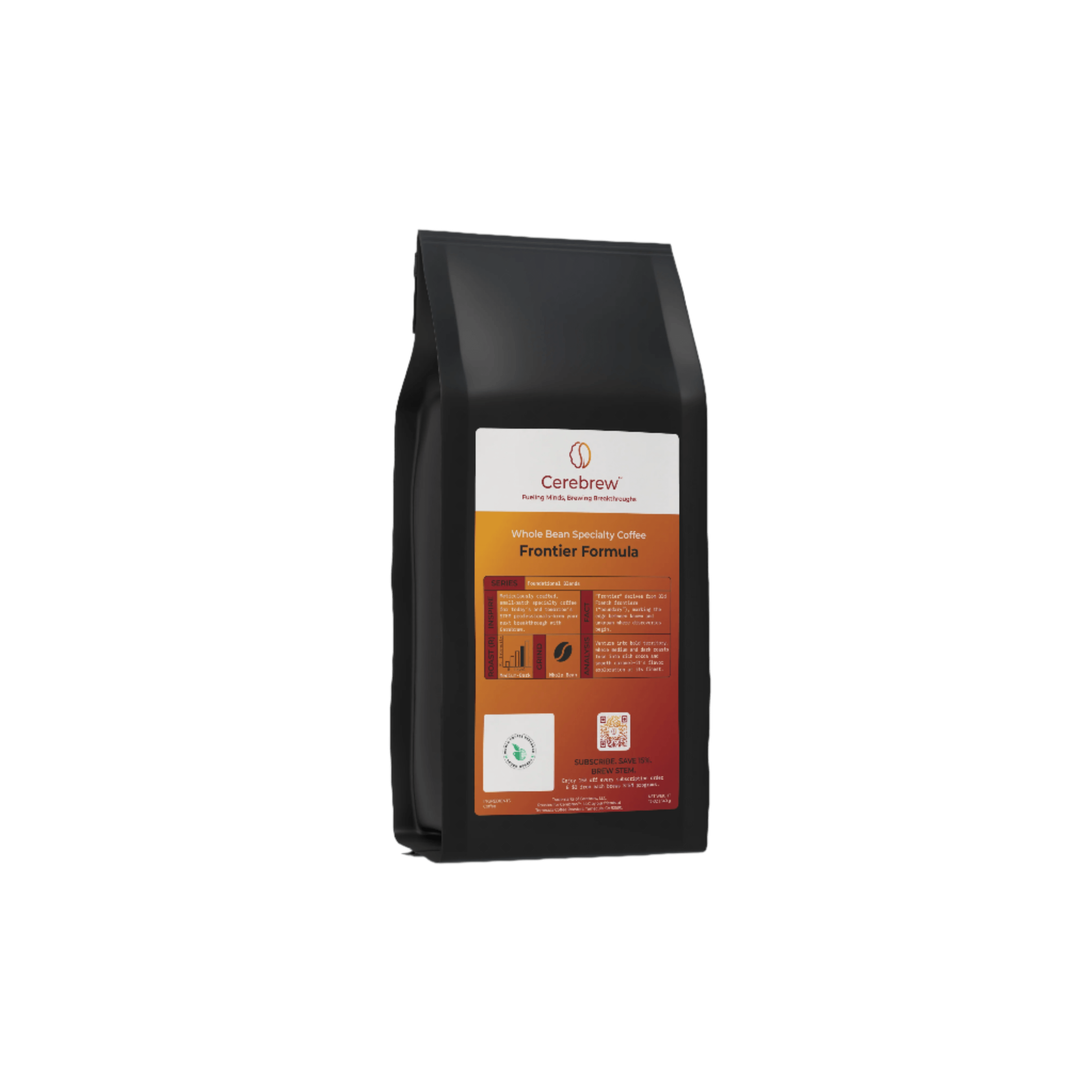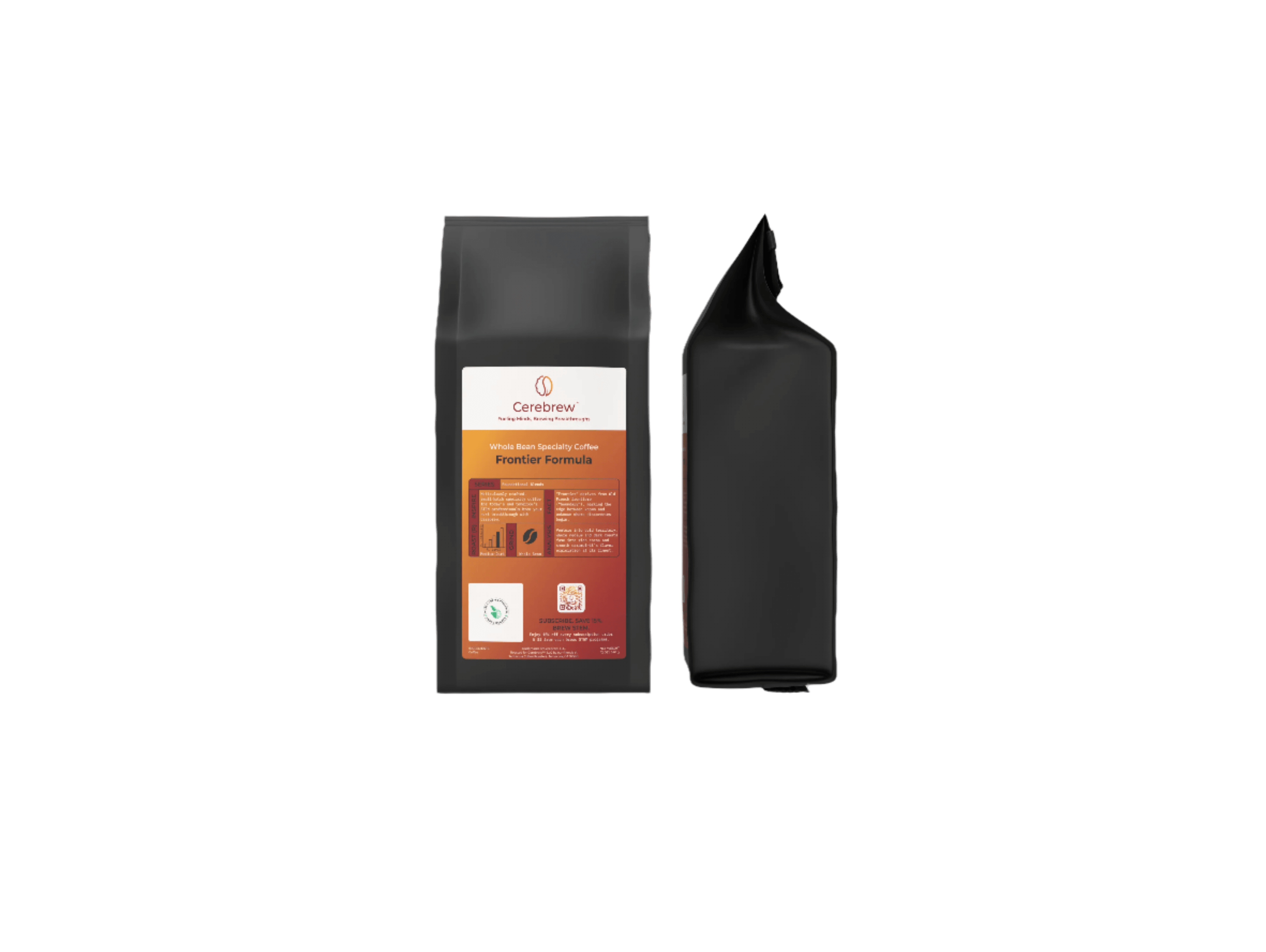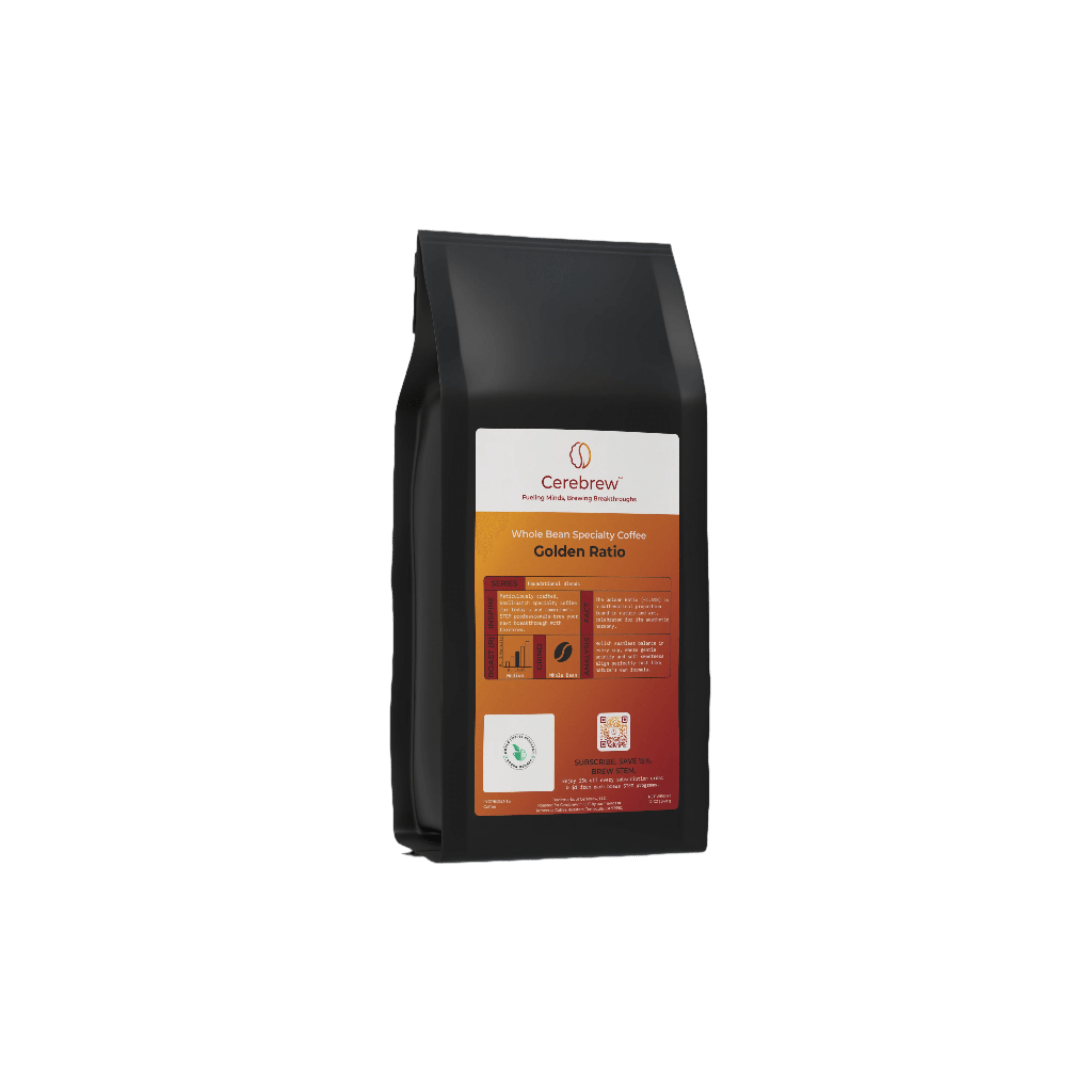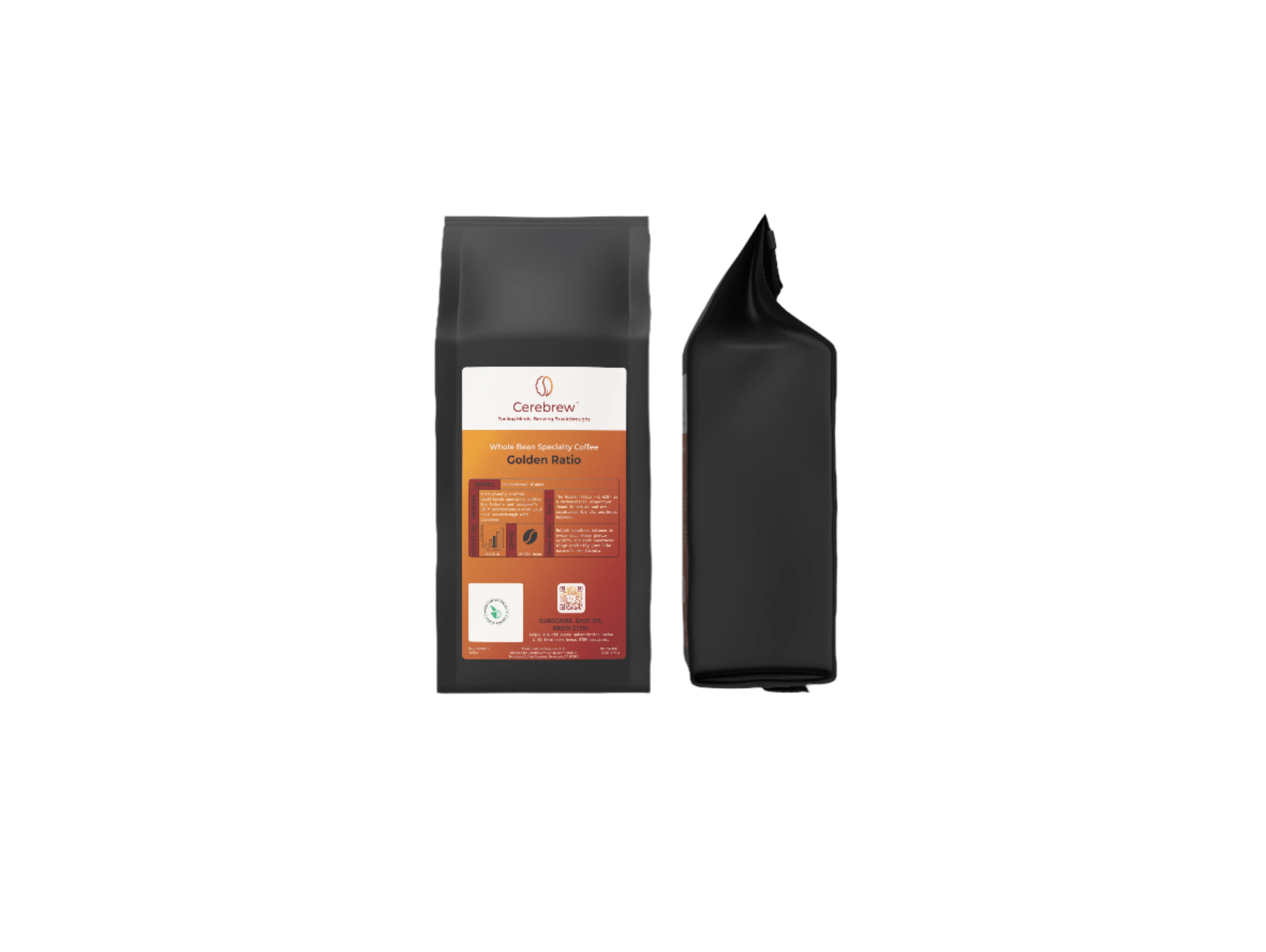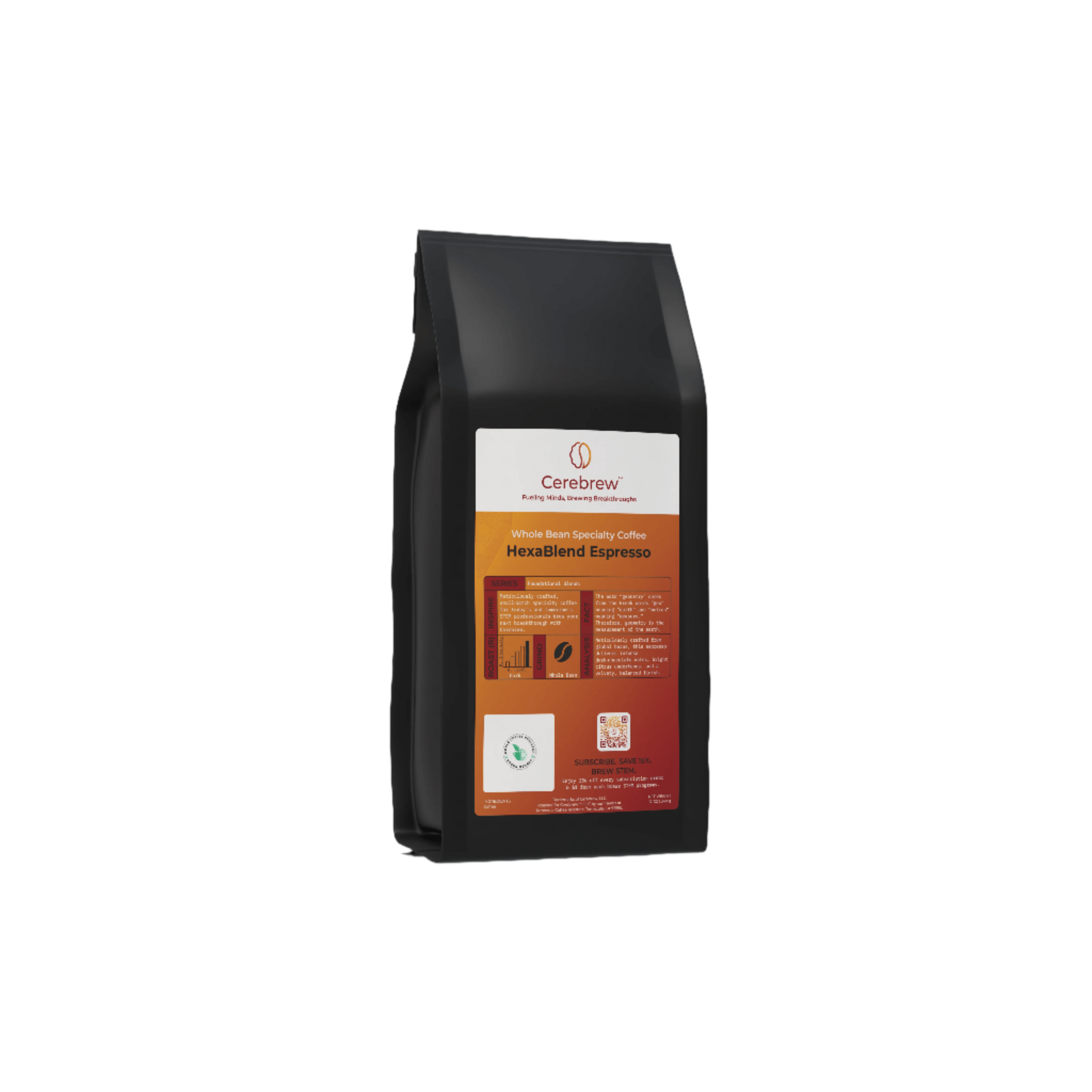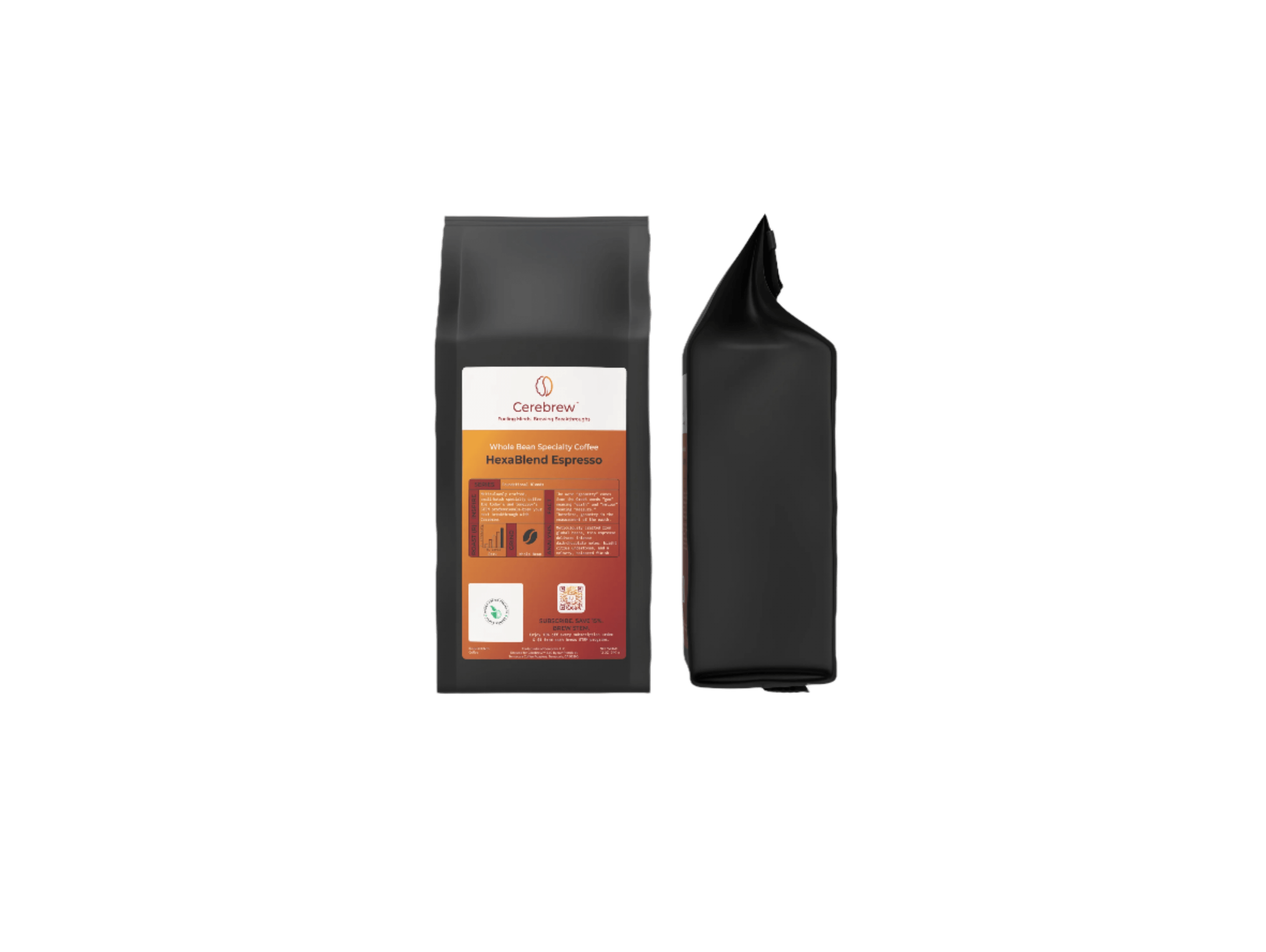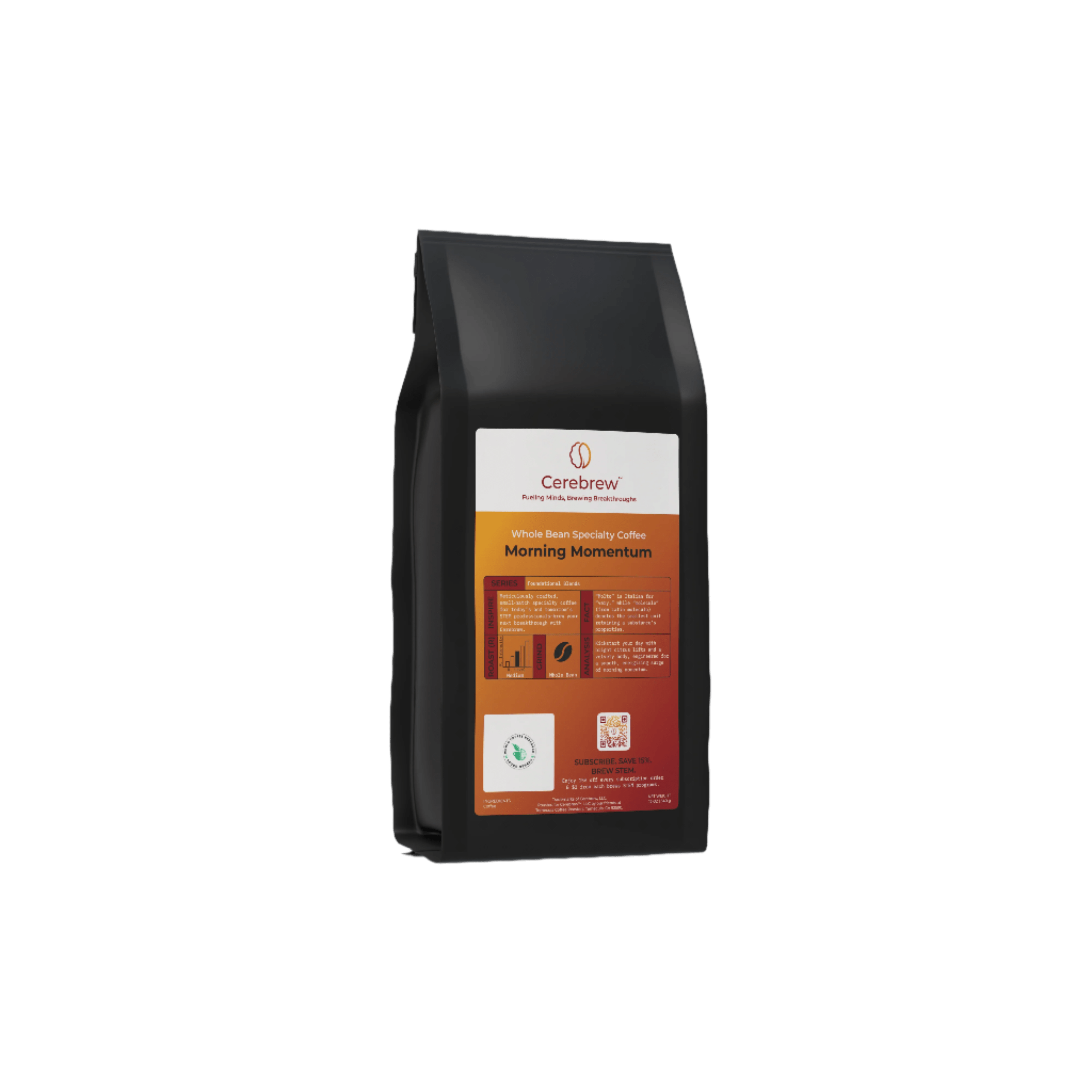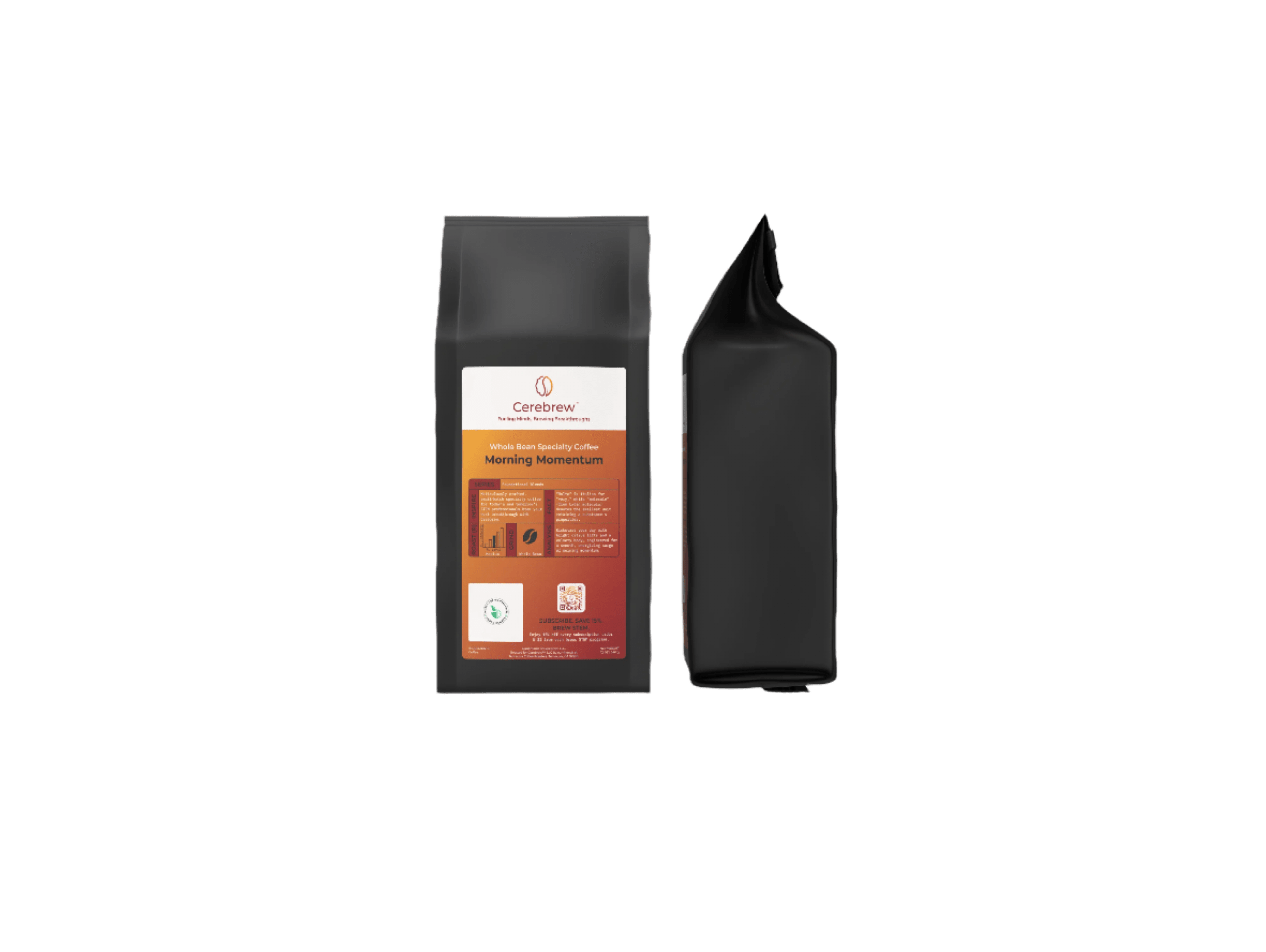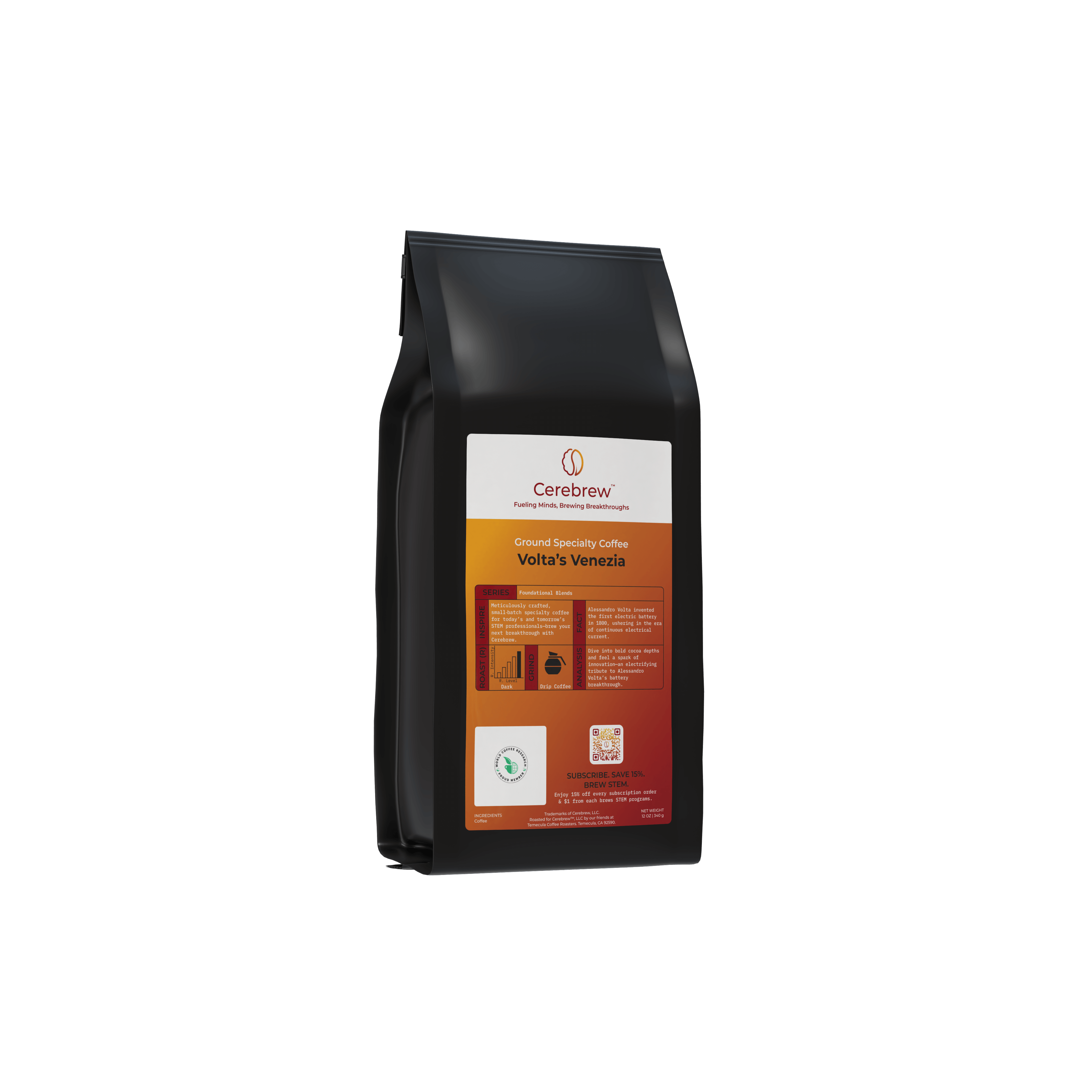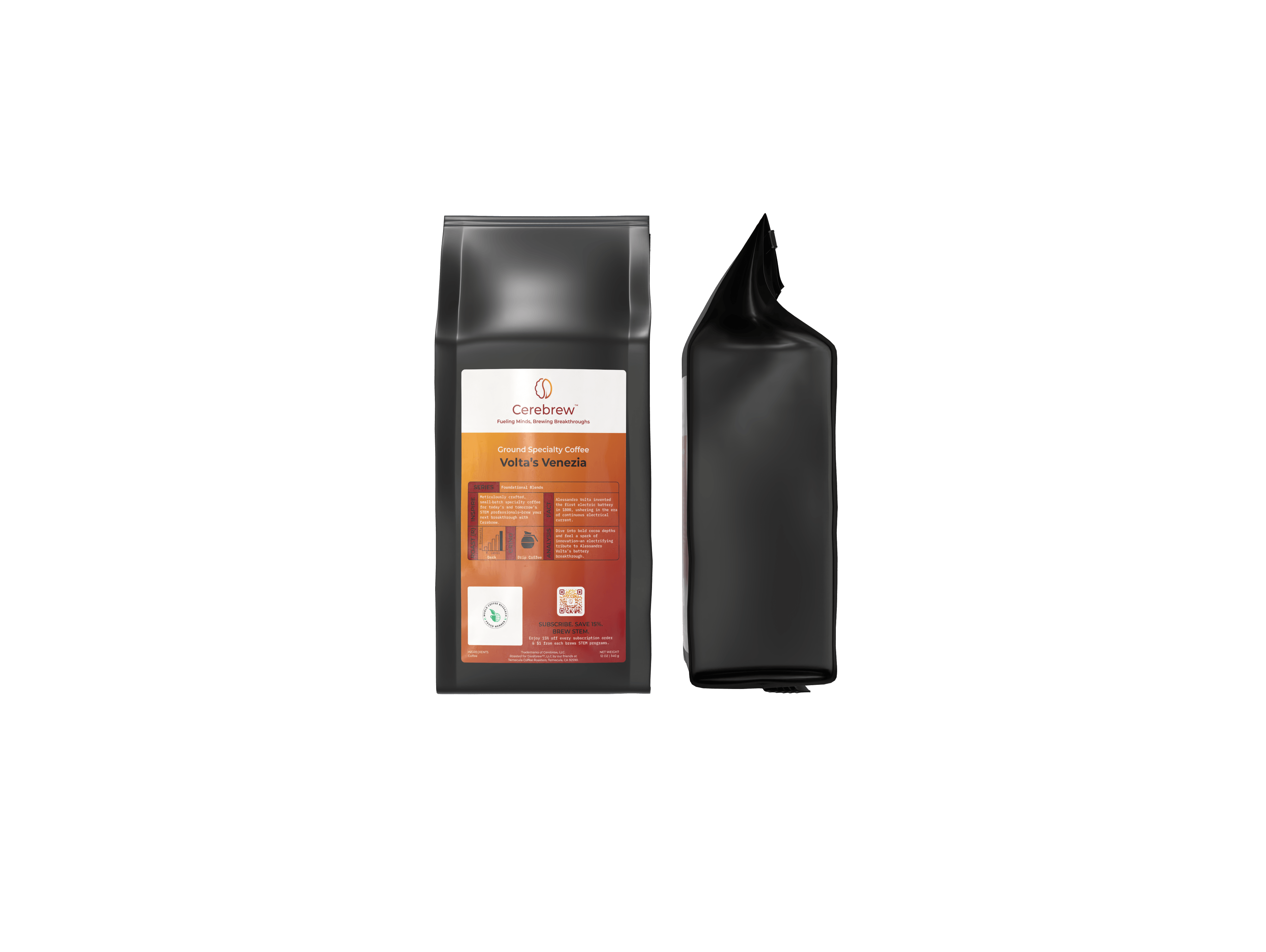The Journey of Coffee: From Bean to Brew
Coffee is more than just a beverage; it's an experience, a ritual, and for many, a necessary start to the day. But have you ever stopped to think about how that aromatic cup of coffee actually makes its way from a simple bean to your morning mug? Let's take a journey through the fascinating process of coffee, from cultivation to the brewing methods that bring out its best flavors.
 The Cultivation of Coffee Beans
The Cultivation of Coffee Beans
From Seed to Harvest
Coffee begins its journey as a seed. It is planted and nurtured until it grows into a coffee plant. These plants are typically grown in the "Coffee Belt," a region that spans the globe near the equator, including countries like Brazil, Colombia, Ethiopia, and Vietnam. The climate in these areas is perfect for coffee plants, providing the right balance of sunlight, rainfall, and altitude.
After about three to four years, the coffee plants begin to bear fruit, known as coffee cherries. These cherries are usually hand-picked when they reach their peak ripeness. Picking coffee cherries is a labor-intensive process, as it requires selecting only the ripe ones to ensure the best quality beans.
Processing the Cherries
Once the cherries are harvested, they undergo processing to extract the coffee beans. There are two main methods: the dry method and the wet method.
- The Dry Method: This is the traditional method where cherries are spread out in the sun to dry. They are regularly raked and turned to ensure even drying. This process can take several weeks.
- The Wet Method: In this method, cherries are pulped to remove the outer skin and then fermented in water for a period to remove the mucilage. The beans are then washed and dried.
Both methods ultimately result in the production of green coffee beans, which are then sorted and graded based on size and quality.
 Roasting: Bringing Beans to Life
Roasting: Bringing Beans to Life
Once the beans are processed and sorted, they are ready to be roasted. Roasting is a critical step that transforms the green coffee beans into the brown aromatic beans we recognize. The roasting process develops the flavor, aroma, and color of the coffee.
Types of Roasts
The roast level can significantly impact the flavor profile of the coffee:
- Light Roast: Beans are roasted for a shorter time, retaining more of the original bean flavors. They are often more acidic and have a lighter body.
- Medium Roast: This roast strikes a balance with a moderate body and acidity, often with a slightly sweeter taste.
- Dark Roast: Roasted for a longer time, these beans have a bold, rich flavor with less acidity. The roasting process brings out oils from the bean, creating a shiny surface.
Brewing Methods: Unlocking Coffee’s Potential
Once roasted, the beans are ground and ready for brewing. There are several popular coffee brewing methods, each offering a unique way to enjoy coffee's flavors.
Drip Coffee
Drip coffee is one of the most common methods, especially in homes and offices. It involves an automatic coffee maker that drips hot water over ground coffee. The water passes through the coffee grounds and a filter, dripping into a pot below.
French Press
The French Press, also known as a press pot, is a popular manual brewing method. Coarse coffee grounds are steeped in hot water, and then a plunger with a mesh filter is pressed down to separate the grounds from the brewed coffee. This method is known for producing a full-bodied coffee with rich flavors.

Espresso
Espresso is a concentrated form of coffee made by forcing hot water through finely-ground coffee under high pressure. It serves as the base for many coffee drinks like lattes and cappuccinos. Espresso machines are specialized equipment, often found in cafes and coffee shops.
Pour-Over
The pour-over method involves manually pouring hot water over coffee grounds in a filter. The water drips through the coffee and filter into a vessel below. This method allows for precise control over the brewing process, often resulting in a clean and flavorful cup.
The Art of Decaffeination
For those who love coffee but want to avoid caffeine, decaffeinated coffee is the answer. But how is decaffeinated coffee made? The process involves removing most of the caffeine from the coffee beans while retaining the flavor.
Decaffeination Methods
- Solvent-based Process: This method uses chemical solvents to dissolve and remove caffeine. The beans are soaked in the solvent, and after the caffeine is removed, the beans are steamed to remove any remaining solvent.
- Swiss Water Process: This is a chemical-free method that uses water and osmosis to remove caffeine. The beans are soaked in hot water, and the caffeine is filtered out. This method is known for maintaining the flavor integrity of the coffee.
- Carbon Dioxide Process: CO2 is used as a solvent to extract caffeine. The beans are soaked in water, then exposed to CO2 under high pressure, which removes the caffeine.
Conclusion
The journey of coffee from bean to brew is a complex and fascinating process. Each step, from cultivation and processing to roasting and brewing, plays a critical role in creating the coffee we enjoy every day. Whether you're savoring a bold espresso or a smooth French Press, understanding this journey enhances the appreciation of your daily cup.
Coffee is indeed a remarkable beverage, and its journey from bean to brew is as rich and varied as the flavors it offers. So, the next time you take a sip, remember the remarkable journey that brought your coffee to life. Enjoy every moment of it.










